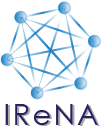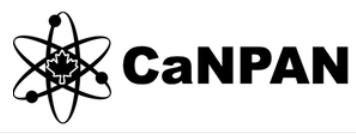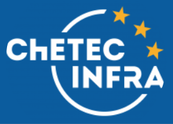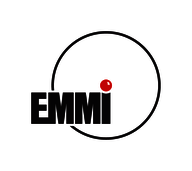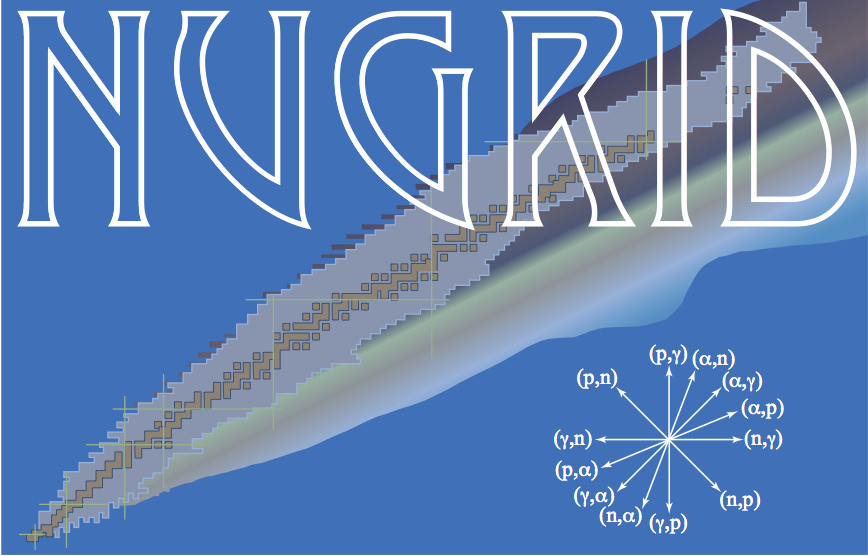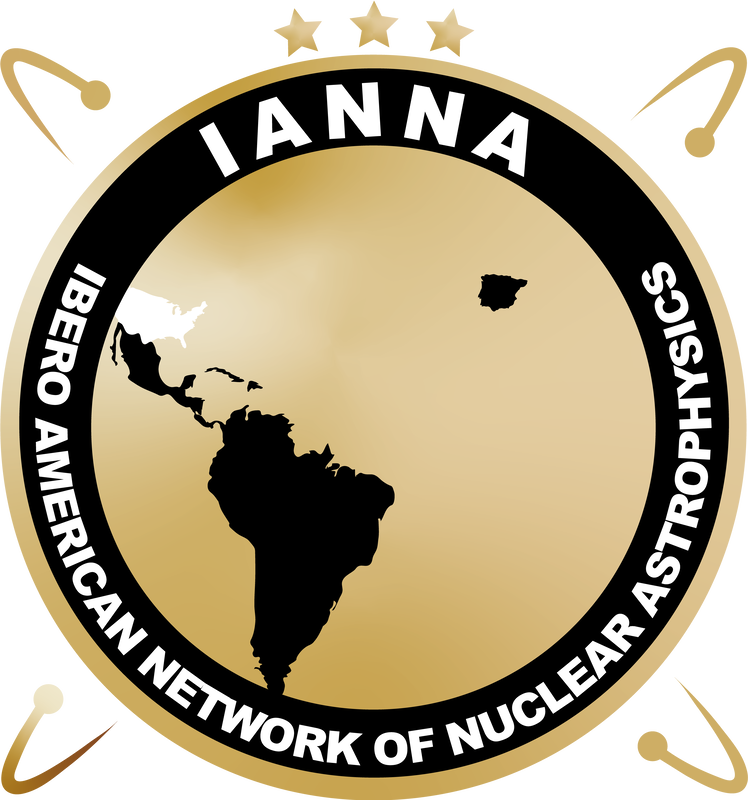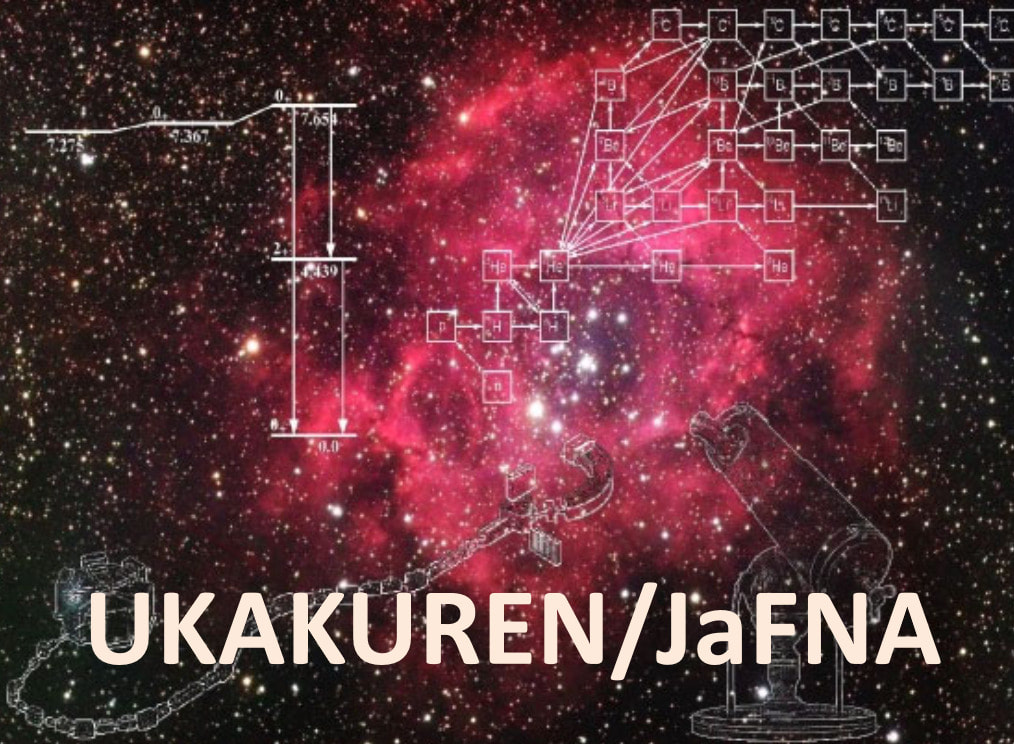New Windows to the Universe
|
The emergence of multi-messenger astronomy, where extreme astrophysical environments are observed using gravitational waves, X-rays, visible light, gamma-rays, radio waves, and neutrinos, opens up the opportunity to understand the formation of the elements and the nature of dense matter. IReNA connects this broad range of observations with the extraordinarily broad range of experimental and theoretical nuclear physics studies and advanced computational models needed to truly create new windows into the physics of the universe.
IReNA is a US National Science Foundation AccelNet Network of Networks. It connects nine interdisciplinary research networks across 4 continents (see below) to foster collaboration, complement and enhance research capabilities in the US and abroad, and thus greatly accelerate progress in science. An important component of IReNA is the training of students and other young researchers in an unique interdisciplinary, collaborative, and international environment that prepares them for a broad range of STEM careers in science, industry, government, and national laboratories. |
